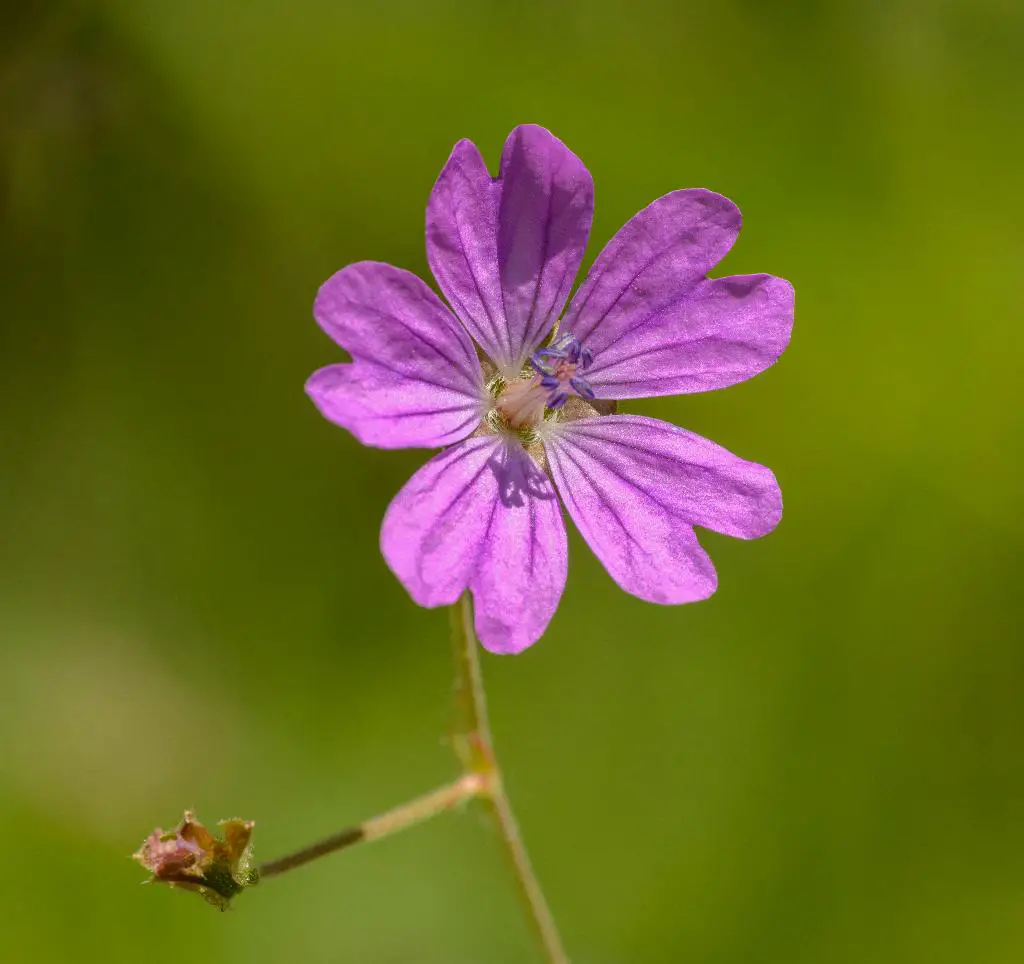It can be understandably concerning when you notice that the leaves of your beloved geranium plant are turning yellow. This change in color is often indicative of an underlying issue that needs to be addressed in order to ensure the health and vitality of your plant.
Signs of Nutrient Deficiency
According to gardening expert Susan Brandt, yellowing geranium leaves are frequently a sign of nutrient deficiency. Just like humans, plants require a balanced intake of essential nutrients to thrive. When this balance is disrupted, it can manifest as visible symptoms, such as yellowing leaves.
Potential Lack of Nitrogen
A common cause of yellow leaves in geraniums is a lack of nitrogen. Nitrogen is a crucial nutrient for plant growth and development, playing a vital role in the production of chlorophyll, the green pigment responsible for photosynthesis.
Impact on Leaf Color
When a geranium plant is deprived of sufficient nitrogen, it may struggle to produce chlorophyll effectively. This can result in the yellowing of leaves, as the plant is unable to maintain its vibrant green hue without an ample supply of this essential nutrient.
Addressing the Issue
If you suspect that a lack of nitrogen is causing the yellowing of your geranium leaves, there are steps you can take to remedy the situation. Consider incorporating a nitrogen-rich fertilizer into your plant care routine to help boost nutrient levels and support healthy leaf growth.
Watering Practices
In addition to nutrient deficiency, improper watering practices can also contribute to the yellowing of geranium leaves. Overwatering or underwatering your plant can disrupt its ability to absorb essential nutrients, leading to issues such as yellowing foliage.
Sunlight Exposure
Proper sunlight exposure is crucial for the health of geranium plants. Inadequate sunlight can hinder photosynthesis, impacting the plant’s ability to produce energy and nutrients. Ensure that your geraniums are receiving adequate sunlight to support healthy leaf coloration.
Soil Quality
The quality of the soil in which your geraniums are planted can also influence leaf color. Poor soil quality or a lack of essential nutrients in the soil can hinder the plant’s ability to thrive, resulting in yellowing leaves as a visible indicator of nutrient deficiency.
Pest Infestations
Another potential cause of yellowing leaves in geraniums is pest infestations. Insect pests such as spider mites or aphids can feed on plant tissues, disrupting the plant’s nutrient uptake and causing damage that appears as yellow spots or discoloration on the leaves.
Pruning and Maintenance
Regular pruning and maintenance are essential tasks in caring for geranium plants. Removing dead or yellowing leaves can help improve airflow and light penetration within the plant, reducing the risk of nutrient deficiencies and promoting overall plant health.
Temperature and Humidity
The environmental conditions in which your geraniums are grown can also impact leaf coloration. Extreme temperatures or humidity levels can stress the plant, leading to physiological changes that may manifest as yellowing leaves. Ensure that your plants are grown in a suitable environment to minimize stress.
Conclusion
In conclusion, the yellowing of geranium leaves can be attributed to various factors, including nutrient deficiencies, improper watering, inadequate sunlight, soil quality issues, pest infestations, and environmental conditions. By identifying the underlying cause of yellowing leaves and taking appropriate corrective measures, you can help restore the health and vibrancy of your geranium plants.

